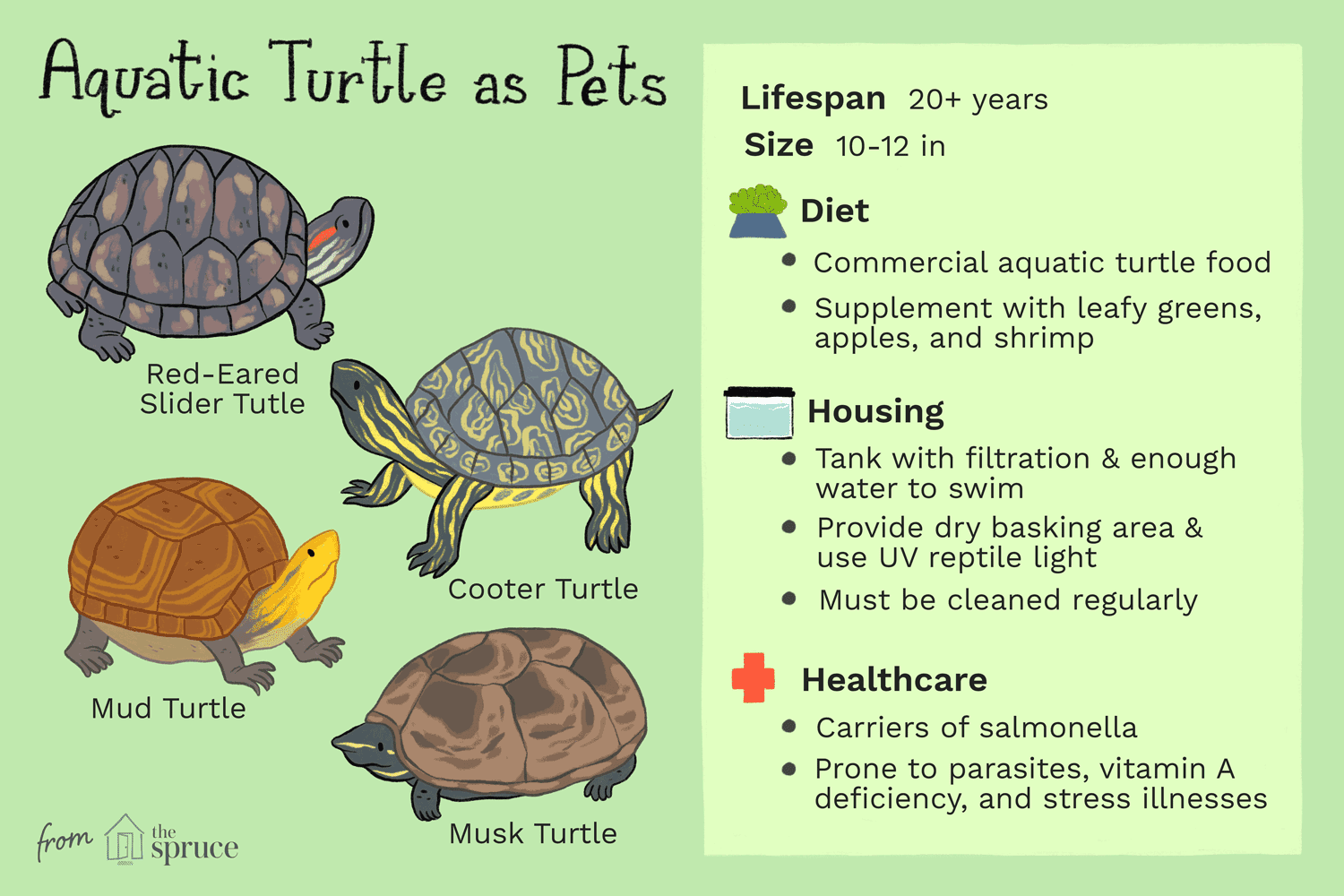Not all turtles are aquatic. Some species of turtles, such as the box turtle, are actually terrestrial.
Turtles are a diverse group of reptiles that are often associated with water habitats. While many turtle species are indeed aquatic and spend most of their lives in water, it is important to note that not all turtles thrive in aquatic environments.
One such example is the box turtle. Box turtles are terrestrial turtles that mainly inhabit woodlands and grasslands. They have a distinctive box-like shell and are well adapted to life on land, although they can venture into shallow water sources for drinking or cooling off. Unlike their aquatic counterparts, box turtles spend a majority of their time foraging on land and seeking shelter under foliage or in burrows.

Credit: www.facebook.com
Aquatic Turtles
Aquatic turtles, as the name suggests, are turtles that primarily live in water. They are well adapted to aquatic environments and possess certain characteristics that enable them to thrive in their habitat.
- Webbed feet: Aquatic turtles have webbed feet which aid in swimming and maneuvering through the water. This adaptation allows them to move efficiently and effectively in their aquatic environment.
- Shell shape: The shell of aquatic turtles tends to have a more streamlined shape compared to land-dwelling turtles. This streamlined design reduces drag in water, making it easier for them to swim.
- Aquatic diet: These turtles primarily feed on aquatic vegetation, insects, fish, and even smaller turtles. Their diet consists mainly of food sources found in water bodies.
Aquatic turtles can be found in various bodies of water, including lakes, ponds, rivers, and even swamps. They prefer calm waters with plenty of vegetation and access to basking spots.
These turtles have adapted to spending most of their time in water, although they will occasionally come out to bask in the sun. Basking helps them regulate their body temperature and absorb essential UV rays.
Aquatic turtles are generally more active during the warmer months and tend to hibernate or enter a state of decreased activity during the colder seasons.
:strip_icc()/183453750-56a2bce65f9b58b7d0cdf7f1.jpg)
Credit: www.thesprucepets.com
Non-aquatic Turtles
Non-aquatic turtles are a fascinating group of reptiles that differ from their aquatic counterparts in several ways.
- Shell shape and structure: Unlike aquatic turtles, non-aquatic turtles often have a domed or arched shell rather than a flattened one. This allows them to retract their head and limbs completely inside the shell for protection.
- Lifestyle and diet: Non-aquatic turtles primarily live on land and have different feeding habits. They consume a variety of foods including plants, insects, fruit, and even small vertebrates.
- Mobility: While aquatic turtles are adapted for swimming with webbed feet, non-aquatic turtles have clawed feet that help them move efficiently on land.
Non-aquatic turtles can be found in diverse habitats such as forests, grasslands, and deserts. They often prefer areas with ample vegetation for foraging and hiding. These turtles are known for their ability to burrow into the ground, providing them protection from extreme temperatures and predators.
Overall, non-aquatic turtles exhibit remarkable adaptations to their terrestrial lifestyle, showcasing the incredible diversity found within the turtle family.

Credit: www.petco.com
Conclusion
While turtles are often associated with aquatic environments, not all turtles are strictly aquatic. Some turtle species are semi-aquatic or even fully terrestrial. It is important to understand the specific habitat preferences and needs of different turtle species to provide them with the best care.
So, if you’re considering getting a turtle as a pet, make sure to research and provide the appropriate environment for your specific turtle species.






Leave a Reply